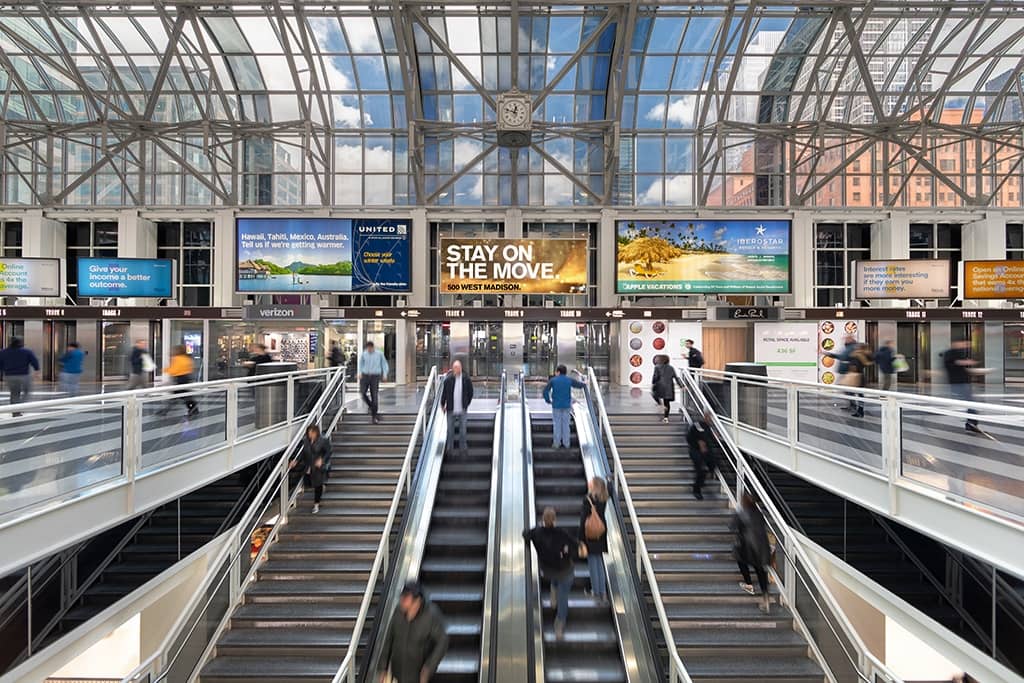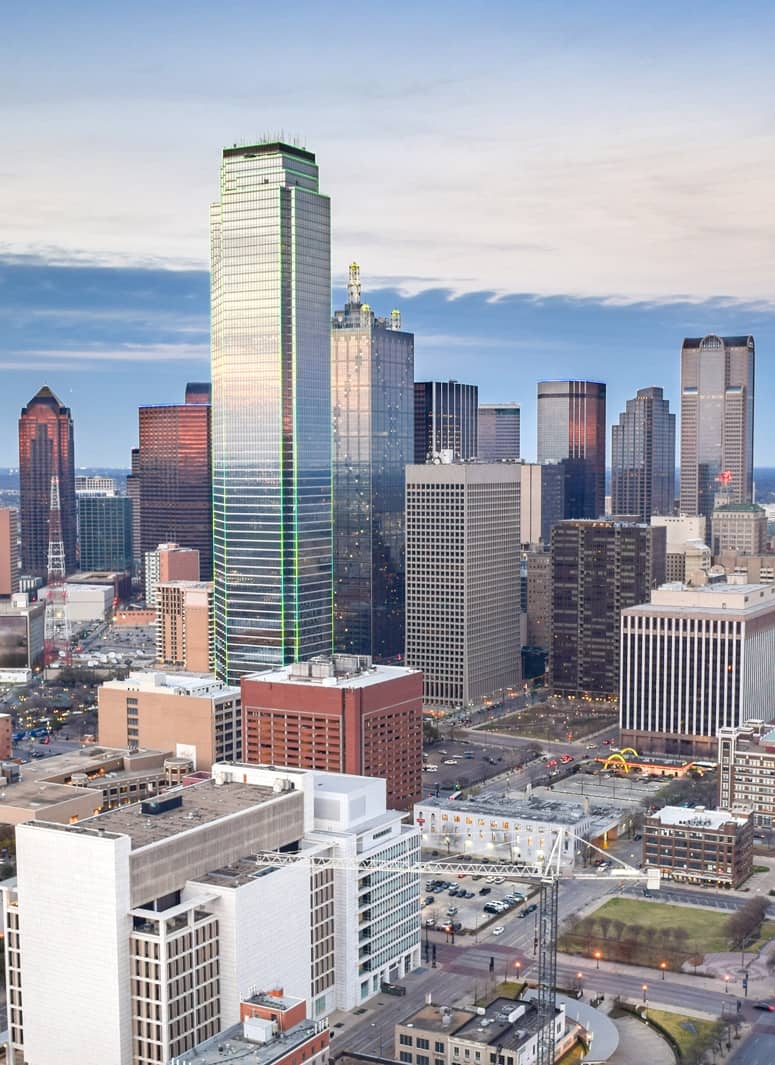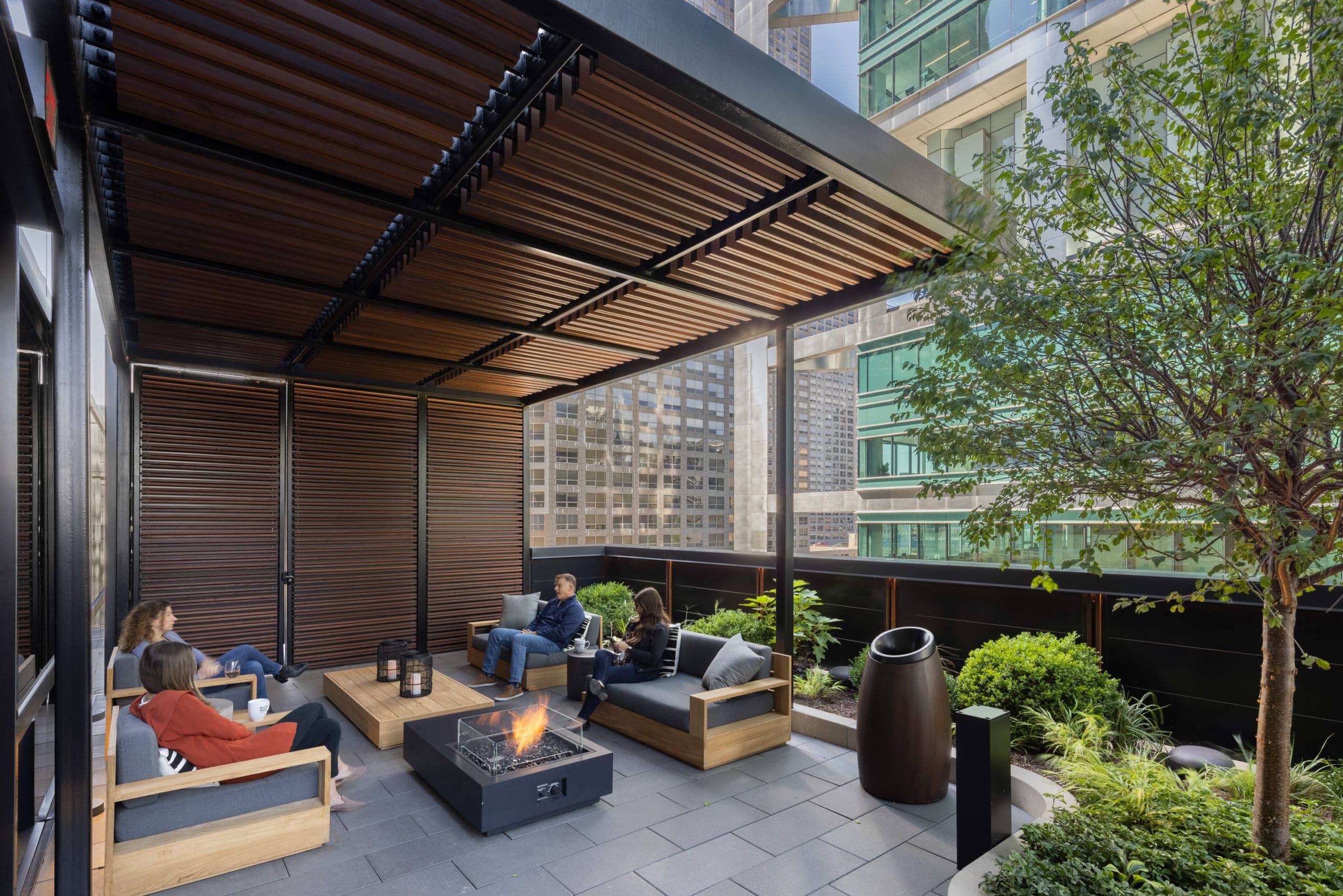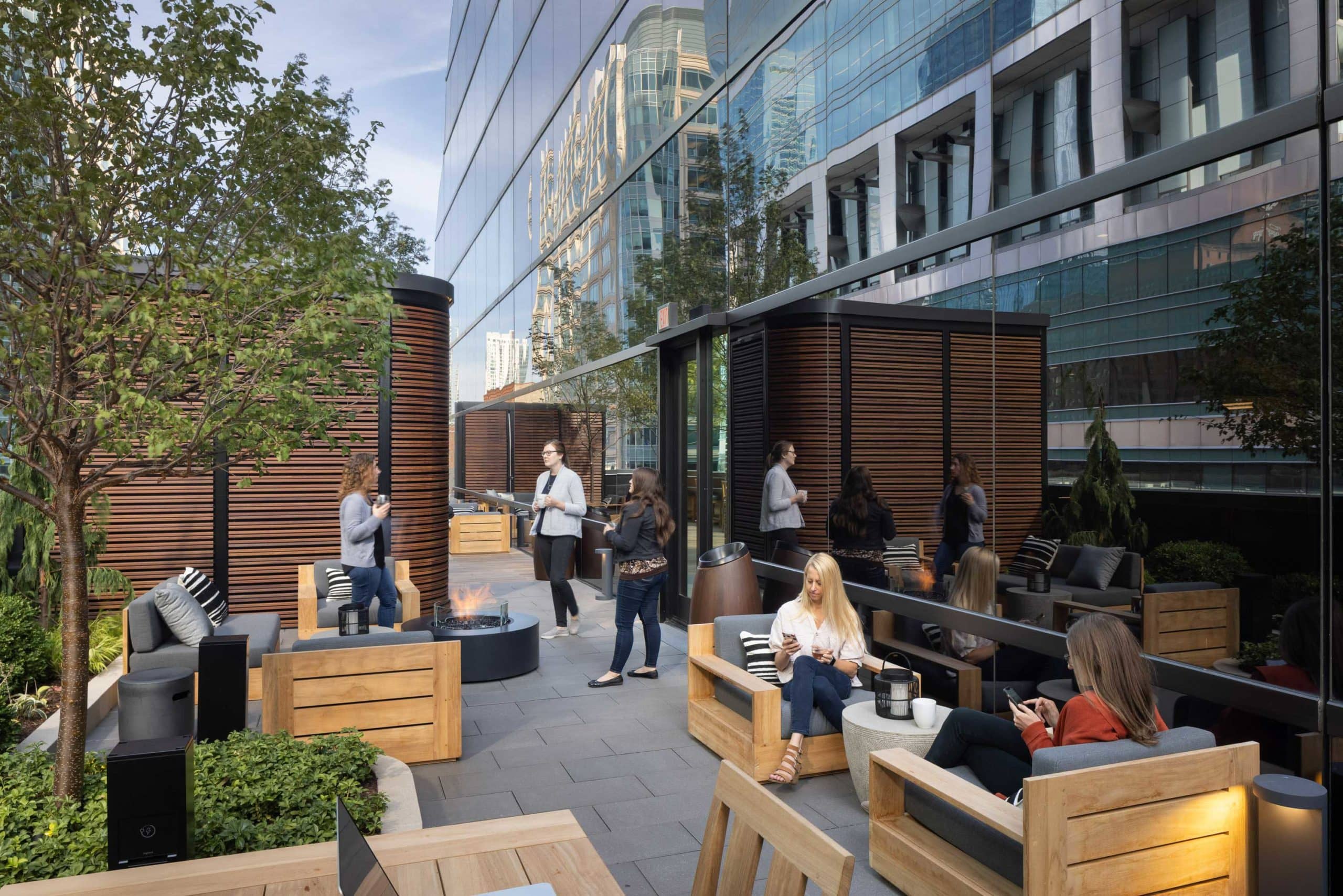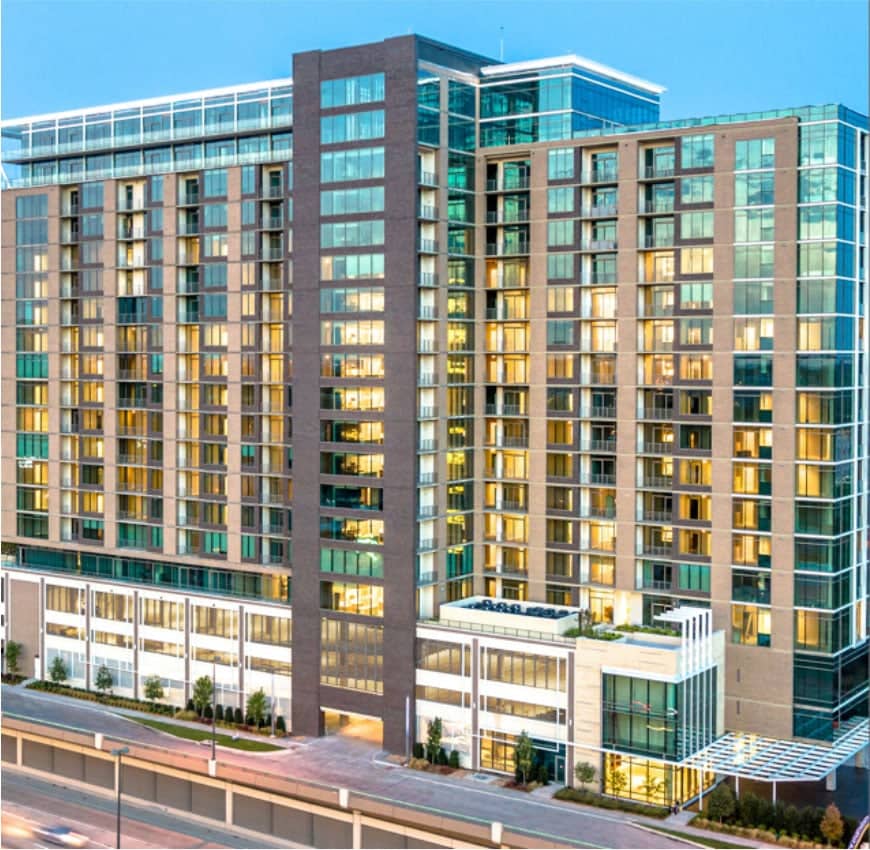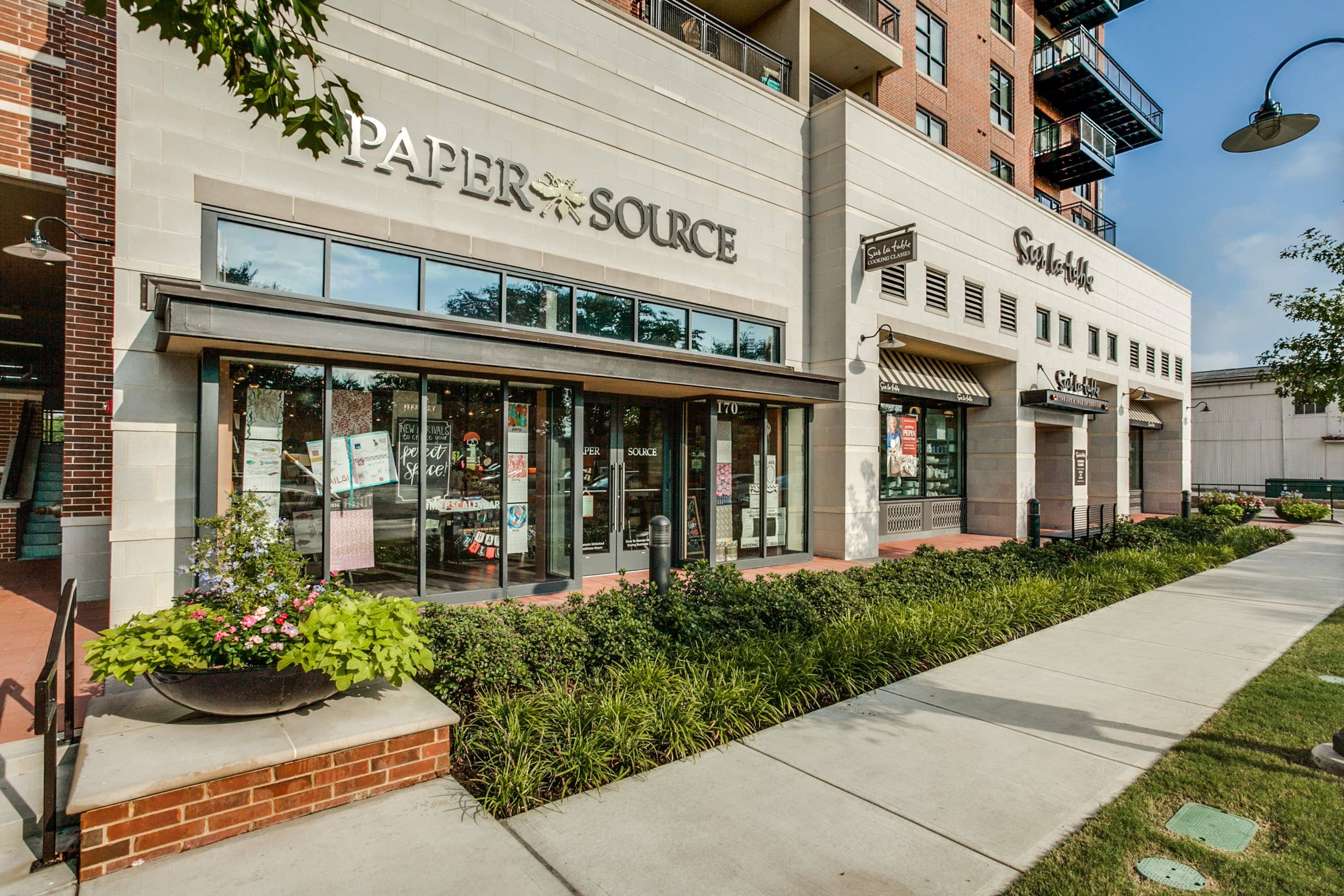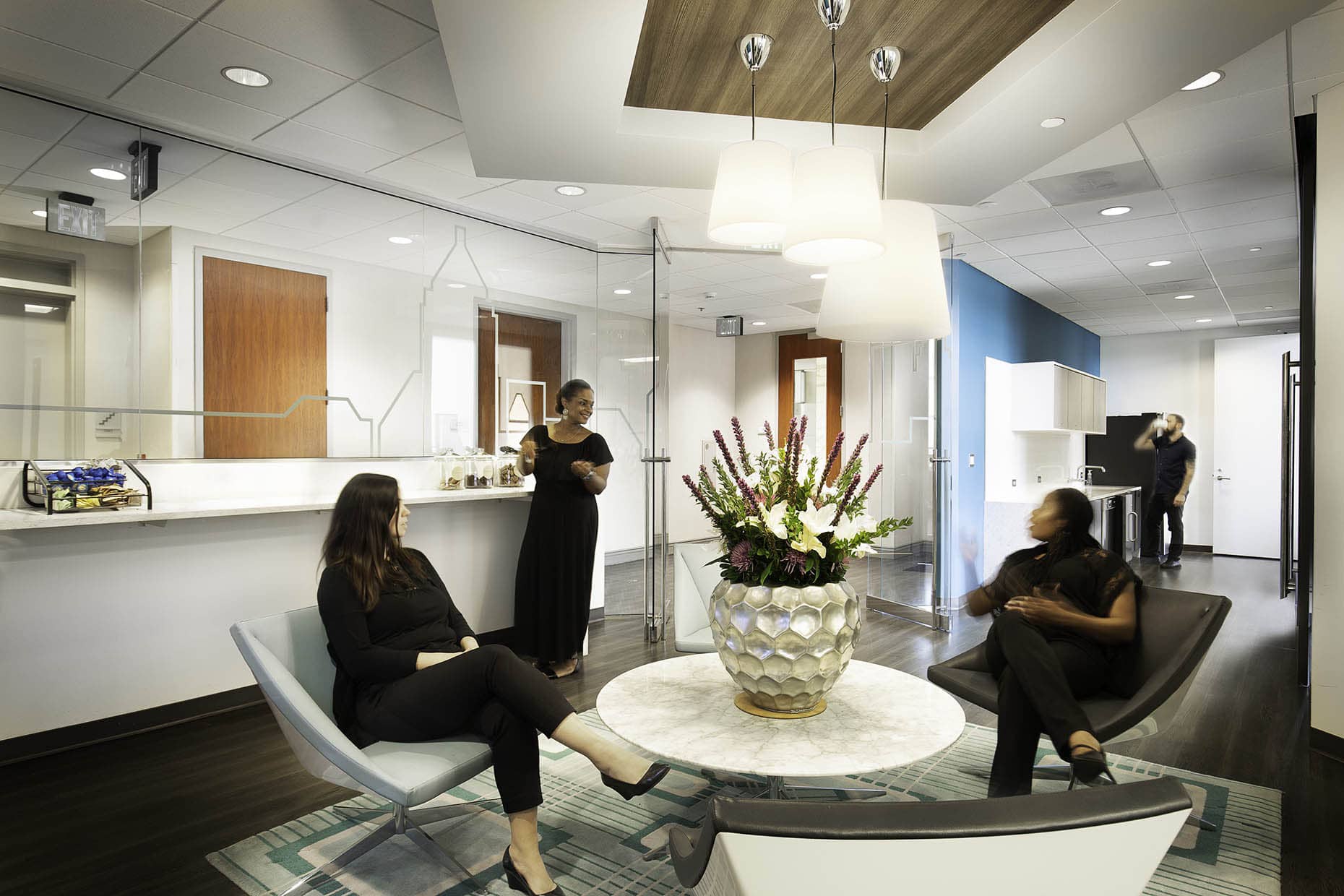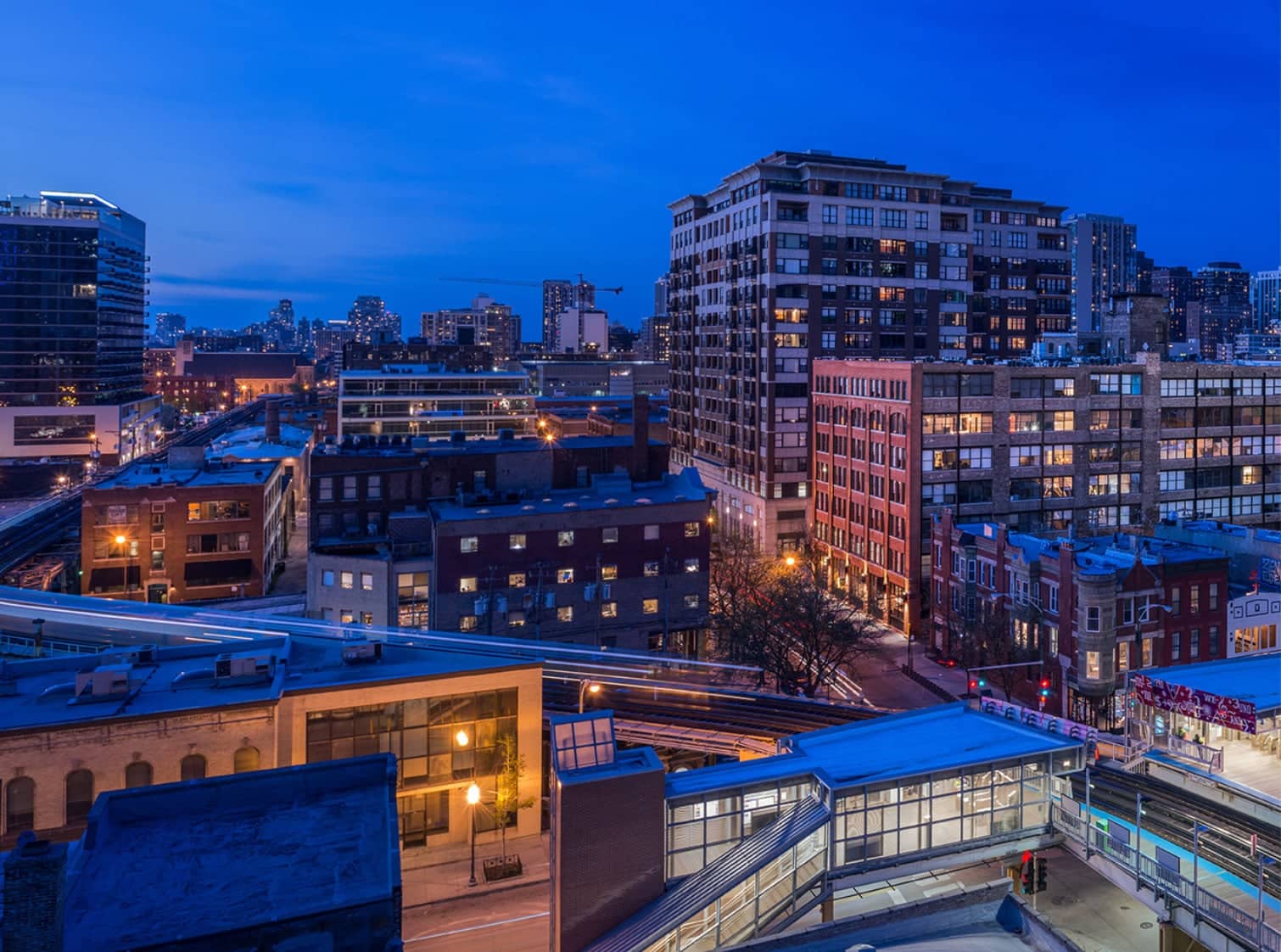Category: Trends
Category: Trends
Property technology — more popularly known as “PropTech” — is a buzzword being thrown around in the commercial real estate (CRE) world today, especially post-pandemic where smarter and more sustainable technological solutions are pushed to the center of conversations.
What will happen to commercial real estate in 2022? It’s a trillion-dollar question, but the trends that seemed assured and certain just a few months ago are now in flux.
The COVID-19 impact on real estate and the greater economy was severe in the past year, but its effect on consumer behavior and the resulting implications on tenant businesses are still playing out. Companies know they must respond to both evolving trends and sudden economic swings, but adapting to a once-in-a-century pandemic is another matter altogether. Smart corporations are rethinking their organizational and operational models to effectively navigate the demands and opportunities of an ever-changing market.
From “phygital” to fulfillment, industrial to ESG, there’s an evolutionary resurgence in retail that presents new opportunities for innovative commercial real estate companies.
The long history of real estate ownership has always involved risk management. But now — with the onset of the COVID-19 pandemic — there’s a need to re-examine the critical importance of risk management as it relates to commercial real estate.
Smart cities are no longer visions of the future, they are here today and look a little different from what the world envisioned pre-2000. Today’s smart cities take advantage of Big Data and Internet of Things (IoT) to create better, cleaner and more efficient urban hubs, making for a better quality of personal and professional life than would otherwise be possible.
CBRE’s Senior VP Todd Siegel Offers Strategic Insights for Meeting the Needs of Customers in Mixed-Use Environments
Fueled by historically high social media usage and more than 4.48 billion users, the cultural phenomenon of taking selfies has become as much of a business opportunity as it is an obsession.
The global seismic shifts we’ve experience in the past few years — the pandemic, the push for social justice and climate-driven events — have converged to permanently alter trends in commercial real estate (CRE). Add to that the ticking clock for reversing the climate crisis, and we can see why sustainability trends in CRE are of the highest priority, worldwide.
Remember when cubicles were all the rage? Office tenant preferences have changed over the years. Today, tenant satisfaction has been redefined as a result of the COVID-19 pandemic and dramatic changes in the labor market.
As unemployment rates continue to remain low, companies are challenged to find what factors will attract and retain the best talent — and how keeping talent happy and productive impacts their bottom line. Enter the “Big Shift” in commercial real estate (CRE) — the pivot to regenerative, “purpose-led” offices, which JLL defines as redesigned space that creates a more collaborative environment to foster high-quality work and interaction while providing stimulating, nurturing ambience.
The ongoing pandemic has turned many industries upside down. But in an interesting twist, experts say the multifamily space has navigated the crisis surprisingly well when you consider how things started.
The U.S. has experienced a dozen recessions in the last 70 years. For most, the cause can be linked to the financial markets. This time around, that’s not quite the case. What many consider to be the “COVID-19 recession” was triggered by an unexpected global pandemic and subsequent lockdown that seemingly brought the world to a screeching halt. Thousands of businesses were forced to close, at least temporarily, especially those in the non-essential in-person retail space.
With more than 38 million workers voluntarily quitting their jobs, 2021 was dubbed the year of the “Great Resignation” and “the Big Quit,” and the “Great Retirement.”
The “new office” is coming. In the post-COVID-19world corporate offices will likely be cleaner, roomier, quieter and potentially more desirable due to the reconfiguration and innovation of available space. Commercial offices paired with new tools and concepts will lead us to a more efficient and productive marketplace, one that will be better for the environment and the communities we serve.
Today, the thought of commercial real estate elicits visions of concrete-and-steel-laden structures. While the use of traditional materials continues to play the largest role in construction, timber, brick and other renewable natural materials have captured the imaginations of eco-conscious architects and tenants looking to break free of the conventional office space.
There’s no denying that workforce dynamics have spurred workplace transformation and the changing nature of work necessitated by the COVID-19 pandemic. Companies that might have never entertained remote work managed to shift their entire workforce to working from home within days in many cases.
We’ve turned the page on 2022 and all eyes are on the commercial real estate (CRE) space and what may be in store for 2023. The overall narrative has shifted dramatically from last year, and stakeholders are navigating the rapidly changing landscape through a new lens. There are plenty of opportunities to explore, but what’s happening in the broader economy will influence the realization of those opportunities. Here’s a closer look at some trends by sector as they are happening today and what CRE may look like this year.
An office building’s amenity package can be a market game-changer—separating the ordinary from the extraordinary—the difference between robust occupancies and discounted rents to lure tenants. It’s a competitive factor that cannot be neglected.
The threat of shorter office lease terms has been looming over the commercial real estate industry for several years. Companies first braced for the potential impact of new standards from the International Accounting Standards Board (IASB) recognizing all leases on the balance sheet, which took effect in January 2019. Then, the office leasing world was hit with additional challenges from COVID-19 as many companies opted to work from home and re-evaluated the role of their physical office space.


